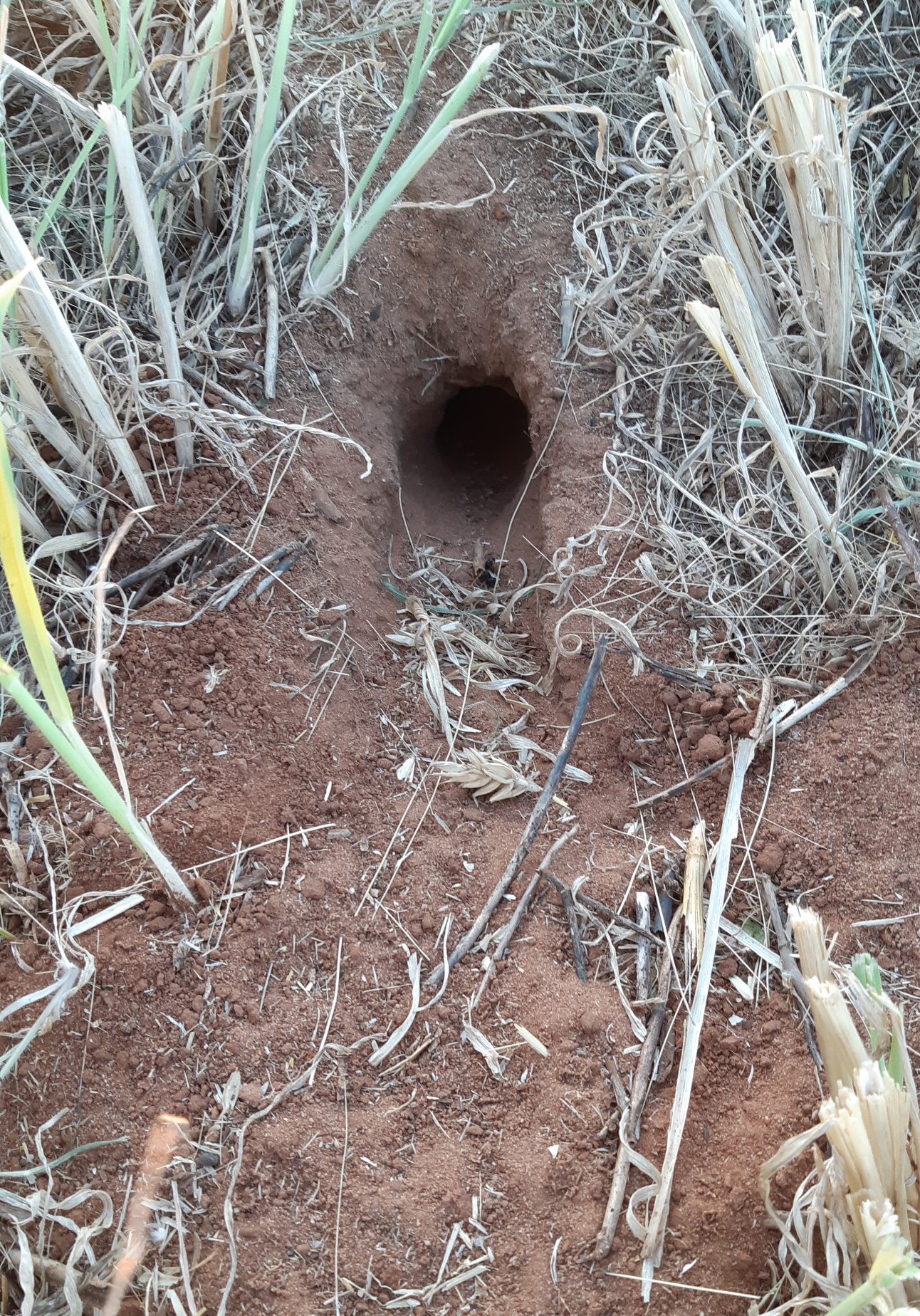Grain growers are being urged to check their paddocks for signs of mouse activity as reports of infestations emerge, with last season’s wet, late harvest leaving lots of grain on the ground in many areas.
Speaking at the meeting of the National Mouse Group on March 31, experts from Australia’s national science agency CSIRO, warned that while mouse numbers vary across cropping zones, if present in high numbers, they can have devastating impacts on crops being sown.
Growers are already reporting mouse activity in Queensland and New South Wales summer crops.
"We are urging farmers to get out of their utes and check their paddocks. Even if you don't think you have a problem, you may in fact have a localised population about to explode," says CSIRO researcher Steve Henry.
Regular monitoring and early identification of mouse infestations is essential. If left unchecked, a mouse population can quickly escalate and result in crop losses, reduced yields, and increased costs associated with pest control measures. In addition to eating crops, mice can also damage infrastructure such as irrigation systems and farm buildings.
 Active mouse burrow with eaten wheat head. Photo: CSIRO
Active mouse burrow with eaten wheat head. Photo: CSIRO
“Mice are everywhere but numbers are patchy, so farmers should focus on paddocks that have sustained pre- or post-harvest grain loss. It’s about looking earlier and ordering bait as soon as you can,” Mr Henry says.
If mouse numbers on your farm are high, experts advise farmers to apply control measures when background food is at its lowest, which is just after planting, to give mice the best chance of finding and eating the bait.
GRDC and Australia’s national science agency CSIRO, recommend the application of 50g/kg zinc phosphide baits (ZnP50) to ensure that each bait grain is a lethal dose. Zinc phosphide is the only rodenticide active ingredient registered for use in broadacre cropping in Australia.
“Our research shows it takes 2mg of ZnP to kill a 15g mouse. The new ZnP50 product ensures that a mouse only needs to fully consume a single treated grain to receive a lethal dose. This avoids the problem of mice becoming bait averse,” Mr Henry says.
Growers can find information on ZnP50 in the APMVA permit and access online stewardship training and reporting programs from Grain Producers Australia that have been introduced to support best practice application of ZP50 mouse bait products.
In addition to completing the stewardship training, Mr Henry advised growers to speak with bait manufacturers and resellers early, as bait supplies may become short if demand is high once sowing commences and mice become more apparent in paddocks.
"Growers should be proactive about the assessing the situation with mice in their paddocks and be prepared to bait as they sow the crop to reduce impact," Mr Henry says.
GRDC Pests Manager Dr Nelson says growers should also talk to their resellers and manufacturers if they have any issues with baits.
“We encourage growers to monitor mouse numbers pre- and post-baiting, to determine bait take up and evaluate the outcomes of their baiting program. Growers should consult their supplier if they are concerned about any apparent lack of control to discuss ways to potentially improve their baiting outcomes,” Dr Nelson says.
GRDC invests significantly in mouse monitoring and management with the CSIRO and is committed to helping growers increase their preparedness for mouse outbreaks and the effectiveness of baiting.
For additional mouse resources visit the GRDC and CSIRO websites.

























































